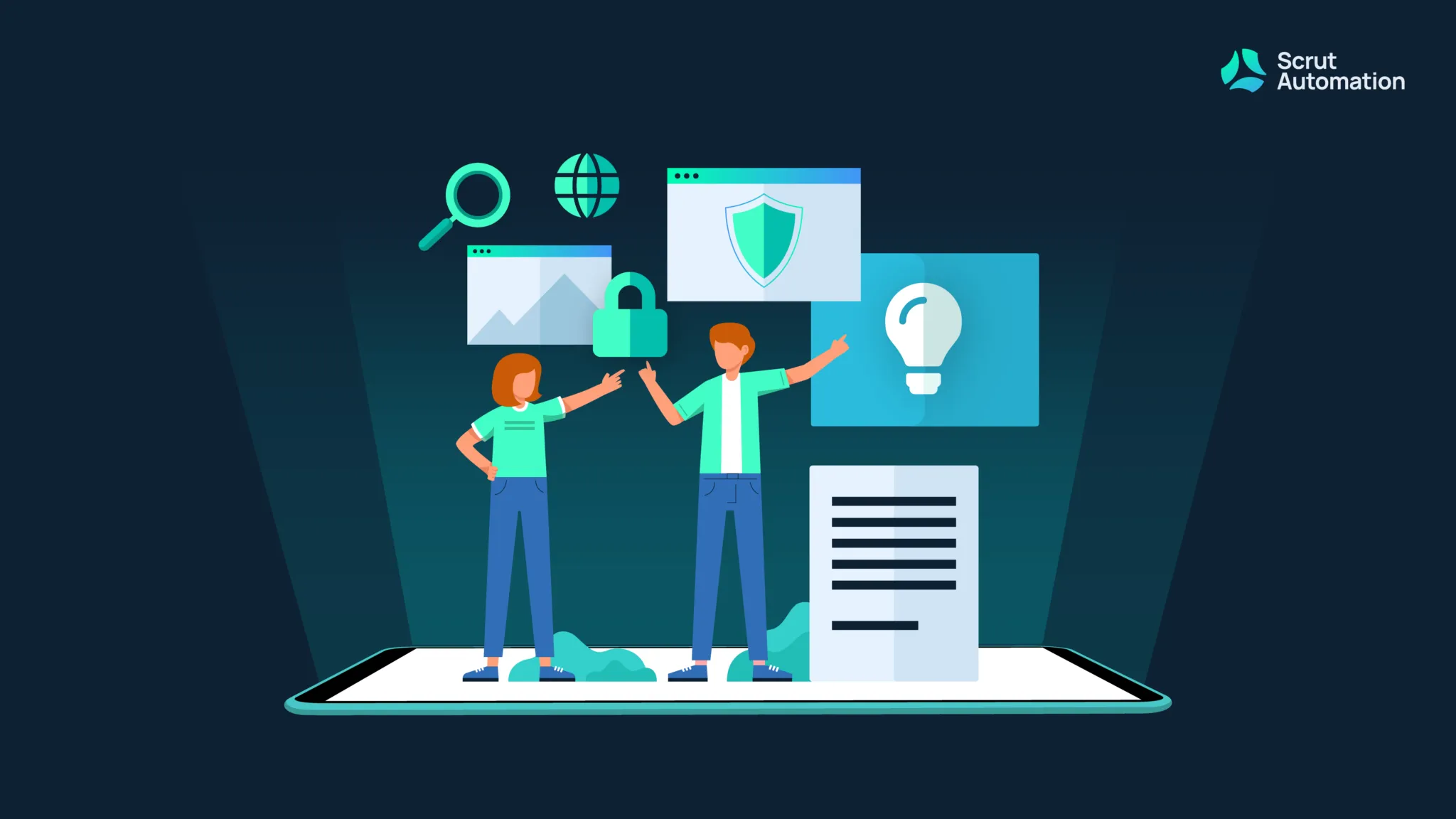Top 4 Myths and Misconceptions About SOC 2

This article will discuss a few common misconceptions about SOC 2. It will also establish how these misconceptions can impact organizations heavily when they remain unresolved.
SOC 2 and AICPA: How are they connected?
Throughout America, numerous businesses and institutions work as service providers. Then some vendors function as third parties in any business or service. These individuals or business entities are often privy to sensitive information, some of which is personally identifiable to other citizens and organizations.
SOC 2, or Service Organisation Control, is a standard of an audit by the American Institute of Certified Public Accountants (AICPA) to protect such information. The AICPA has made this audit mandatory for all businesses and organizations to ensure that private information remains private and does not get leaked out or reach the hands of people who could misuse it.
Primarily, it aims to determine if the description of a particular system installed in an organization matches the criteria laid out in the SOC 2 standard. It also verifies whether the organizational controls are designed so that its service requirements and commitments meet the applicable trust services criteria.
Debunking the 4 Biggest Myths about SOC 2
The most common myth that organizations have in their mind about SOC 2 is that it is a certification - which we will discuss later in this article. There are other common myths and misconceptions, too, which organizations commonly believe in.
1. SOC 2 audit is a technical examination
Most organizations equate the SOC 2 audit to a technical examination. This audit does test and inspects your IT controls, but it is not an examination by itself. It merely looks for and verifies conditions related to information flow control. This includes verifying the presence of firewalls on your office/cloud servers, the kind, and level of encryption you use, whether your software is prone to malware and associated attacks/endpoint data security, and similar criteria.
2. It is an unnecessary expenditure
Organizations feel that the SOC 2 audit is an unnecessary expenditure and is not an investment at all. However, this is not true. Firms and companies that have undergone the SOC 2 and full SOC 2 audits usually see faster growth than unaudited ones. New prospects and customers typically have queries regarding how safe and secure confidential company information is on their systems. Therefore, having a SOC audit will help organizations close deals faster.
3. It is just another audit
Third and one of the most common misconceptions among organizations is that it is merely a formality that needs to be done. A good SOC 2 audit result is incredibly beneficial for your organization.
It enables better coordination between your IT systems and the core aspect of your organization like manufacturing, marketing, etc. All your stakeholders receive information and communications from your business more transparently. The SOC 2 audit enables risk mitigation and enhances control levels through monitoring programs. Most importantly, such an audit ensures that any change to the information systems does not adversely impact all available data integrity, privacy, and security.
4. SOC 2 is not a certification
Now, let's talk about the most crucial misconception businesses have in their minds concerning SOC 2 audits. According to Troy Fine, a Cybersecurity Compliance professional, it can't be repeated enough that SOC 2 is "not" a certification. It is merely an audit performed by a Certified Public Accountant in America that will result in an attestation at the end of the audit.
This means an authority (the public accountant, in this case) is verified as authentic. It attests to specific facts relating to control and compliance to certain standards as laid down by the AICPA.
Closing thoughts
The SOC 2 audit evaluates the safety and security of an organization's IT systems. It improves the coordination and functioning of your IT systems with the fundamental components of your organization, such as production and marketing, and other areas like HR, finance, and operations. Monitoring programs can help to increase the degree of control and security of your organization.
Scrut Automation is an innovative and radically simple governance, risk, and compliance automation platform for growing startups and mid-market enterprises. With Scrut, compliance teams can reduce ~70% of their manual effort in continuously maintaining compliance towards SOC 2, ISO 27001, GDPR, PCI DSS, HIPAA, and CCPA. Schedule your demo today to see how it works.


















